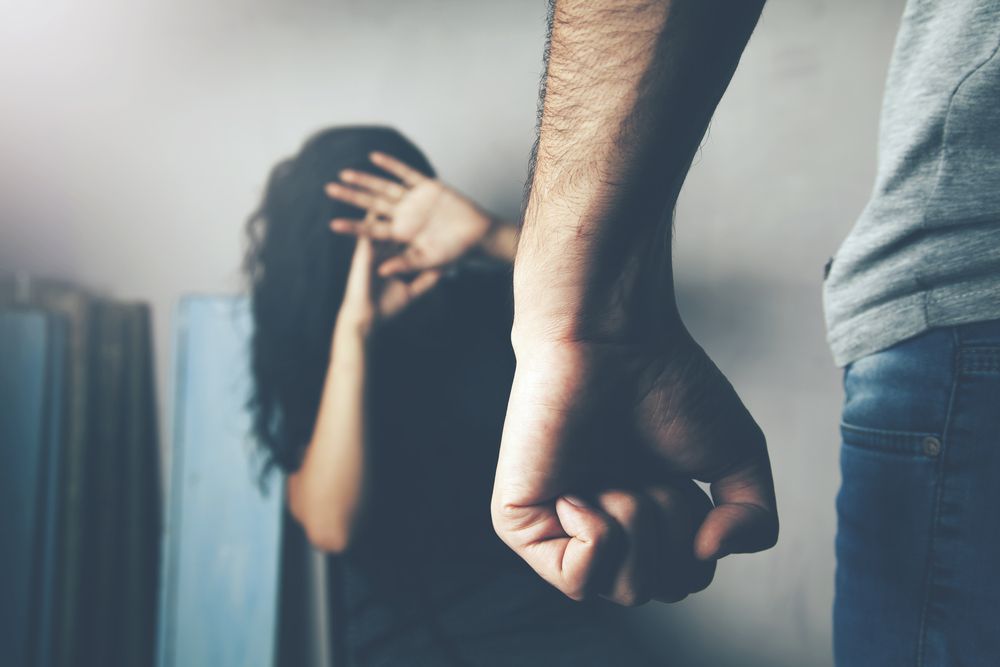Author: Kusum Verma, IMS Law College
TO THE POINT
Domestic abuse constitutes among one of the most prevalent constitutional abuses worldwide as well as India. Despite constitutional guarantees and the implementation of particular regulations, many people suffer silently behind closed doors. This article confronts the scope, legal definitions, remedies, and judicial interpretations connected to theissue of domestic violence in the country within the legislation known as the Protection of Women from Domestic Violence Act, which is 2005 (PWDVA) and other relevant legal frameworks.
USE OF LEGAL JARGON
Aggrieved Person – As stated in Article 2(a) of of the the PWDVA, implies to a woman she claims that she has being victim of any kind of domestic abuse by the person being sued.Shared Household – The residence where the aggrieved person dwells and has lived within an intimate household (Section 2(s)).Protection Order – A guidance from the Magistrate to the defendant to desist from committing further acts of violence.Monetary Relief – Compensation awarded by Article 20 for the loss of revenue, healthcare costs, and injuries.
Residency Rule – By the 19th section, the privilege of the party who suffered to reside in a shared home, irrespective of wealth.Security Agent – Someone who is chosen from the state’s government to help the aggrieved person and the judge in court.
ABSTRACT
The legislation known as the Protection of Women against Domestic Violence Act of 2005 constitutes contemporary and based on rights civil law statute aimed at protecting women from dangerous situations at home.
Despite the criminal provisions within the Indian Penal Code, the PWDVA gives an extensive structure with civil lawsuits,including protection, encouragement, control, and residency right.
The Act recognizes violence not only in the physical form but also sentimental, sex-related verbal, andeconomic exploitation. That wide significance indicates a growing understanding of domestic abuse as a complicated phenomena that stems from disparities in gender.↓andeconomic exploitation. That wide significance indicates a growing understanding of domestic abuse as a complicated phenomena that stems from disparities in gender.This article looks under the legal processes available to victims, challenges in enforcement, its relationship with criminal statutes, and important opinions from courts affecting the implementation of the Acts.
THE PROOF
In accordance with the National Family Health Survey (the NFHS-5, 2019-21), 29.3 percent of women age 50-60 were victims of either sexual or physical assault by their partner. Regarding knowledge initiatives and access to legal aid, the majority of cases go unreported because of judgmenteconomic dependence, or fear of retaliation.The National Crime Records Bureau (NCRB) reports domestic abuse crimes under Section 498A IPC. In 2021 by itself, beyond 125,000 cases were registered under this clause, demonstrating a modest rise over prior years.While the COVID-19 a lockdown, the National Commission of Women (NCW) reported triple the average number of sexual assault complaints, demonstrating that the pandemic had discriminatory effect on vulnerable women.
CASE LAW
Hiral P. Harsora v. Kusum
Narottamdas Harsora (2016) 10 SCC 165
In that significant situation, the Supreme Court took out the phrase “grown-up man” of Section 2(q) of the the PWDVA, which allowed charges to be filed against any older person,including female relatives. This expanded the scope of the legislation and emphasized gender-neutral accountability amongst violators inside a relationship at home.
S.R. Batra v. Taruna Batra (2007) 3 SCC 169
The Supreme Court decided that a spouse had the right to stay only in a shared house where she was living with her spouse. She cannot claim residence in property held by her spouse’s parents if it is not a shared the house. This decision, however, hasbeen criticized for reducing the residence rights under Section 19.
V.D. Bhanot v. Savita Bhanot (2012) 3 SCC 183P
The Court determined that the the PWDVA could be carried out retrospectively, meaning women could seek remedies even for acts performed after the law came into effect, supplying the relationship still exists. This significantly widened the time scope of the Act
Kasturi v. State of Tamil Nadu, AIR 2014 MAD 138
In this particular case, the High Court of Madras highlighted that emotionally and verbal assault, although invisible, are recognized forms of domestic abuse and need judicial protection under the PWDVA.
Indra Sarma v. V.K.V. Sarma (2013) 15 SCC 755
This case clarified the meaning of “domestic relations” in a live-in circumstance. The Court laid down rules to identify valid live-in relationships for protections by the Act.
CONCLUSION
Domestic abuse is not just personal or family-related concerns but also a terrible attack on fundamental rights, human respect, and fairness recognized by national and international legal systems. The safeguarding of Women from Domestic Violence Act, the year 2005, marks as an original comprehensive law in India, accepting not only physical harm but also emotional,mental, sexual in nature, and financial assault.
Although legal structures, shame in society, gender prejudices, and lack of understanding can inhibit victim from receiving justice.In order to allow effective redressal, a comprehensive strategy must be taken -including legislative changes, sensitive to gender law enforcement, rehabilitation initiatives, and above all, a change in society. The judiciary must continue to interpret laws progressively, while legislators have to close constitutional flaws to deal with establishing types of abuse, including digital and psychological the assault.Ultimately, solving domestic violence requirements a collective psychological effort choosing victims security, constitutional being empowered, and a shift in culture. Only then can we want to build a society built in justice, equality, and the rule of law, where the home is no longer a site of evil but a haven of safety.
FAQS
Is domestic violence exclusively physical in nature?
No. The PWDVA recognizes not just physically but also sentimental, spoken, sexual in nature, and financial abuse.
Q2. Can a woman carry an action against her female in-laws?
Yes. After the Hiral Harsora decision, complaints can be lodged against any adult, male or female, inside a relationship at home.
Q3. How supposing the attacker has departed the house-can she still file a case?
Yes. Even if the woman is no longer living in a joint family members, she retains the right to seek protetion, maintenance, and residence orders.
Q4. Can a woman claim citizenship in a house not owned by her husband?
Only if it qualifies as a shared household-i.e., if she resided there during the domestic a partnership, regardless of ownership.
Q5. Are here an expiration date to make a complaint under the PWDVA?
No constitutional limitation exists, albeit earlier reporting may strengthen the case.
Courts weigh circumstances while deciding the delay.
Q6. Can abuse at home be addressed through both civil and criminal legislation?
Yes. A victim could be looking civil remedies under the PWDVA and additionally pursue criminal proceedings under Section 498A IPC or other equivalent provisions.
Q7. Does legal assistance accessible to those harmed?
Yes. According the law known as the Legal Services Authorities Act, 1987, women are entitled to free legal aid for filing and pursuing domestic abuse complaints.
Q8. Can a working woman continue to get monetary relief?
Yes. Job status does not prohibit a woman from getting relief. The court looks at numerous issues like dependence and trauma.
Q9. What exactly if the party responding breaches a protective order?
Breach of any order under PWDVA, or is a criminal crime under Section 31 of the Act, punished with up to one year of detention or a fine




